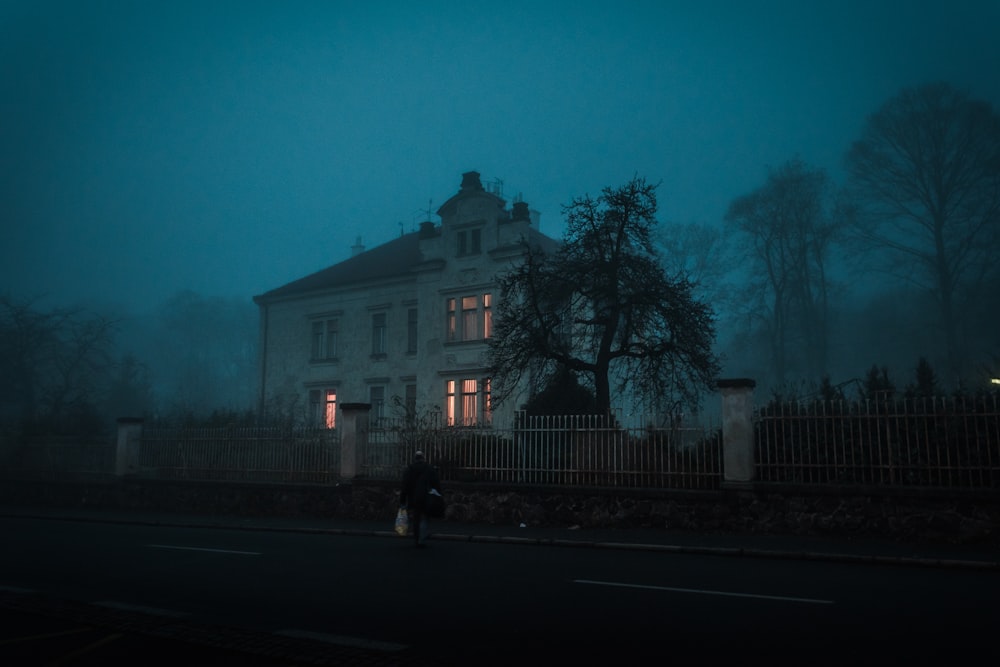Exploring the Elegance of Georgian House Style
A Glimpse into History
Georgian house style holds a rich history dating back to the 18th century. Originating in England during the reigns of King George I through King George IV, this architectural style is characterized by its symmetry, proportion, and adherence to classical design principles. Georgian houses reflect the prosperity and refinement of the era, showcasing elegant facades, grand entrances, and meticulously landscaped gardens.
The Characteristics of Georgian Architecture
Georgian architecture is renowned for its timeless elegance and attention to detail. Key features of Georgian houses include symmetrical facades, evenly spaced windows, and central entrances adorned with decorative pediments. The use of classical elements such as columns, pilasters, and cornices further enhances the grandeur of Georgian architecture, creating a sense of balance and harmony in design.
Variations in Georgian House Design
While Georgian architecture is known for its adherence to classical principles, there are several distinct variations within the style. Early Georgian houses, also known as “Palladian” or “Colonial” Georgian, feature simpler designs with restrained ornamentation. As the style evolved, later Georgian houses became more elaborate, incorporating decorative flourishes such as elaborate moldings, fanlights, and wrought iron detailing.
Interior Design and Layout
Georgian house style extends beyond the exterior facade, encompassing interior design and layout as well. Georgian interiors typically feature spacious, well-proportioned rooms with high ceilings and large windows, allowing for ample natural light and airflow. Symmetrical layouts and formal arrangements are common, with grand central halls leading to adjoining rooms such as parlors, dining rooms, and libraries.
Preserving Georgian Heritage
Preserving the architectural heritage of Georgian houses requires careful attention to detail and a commitment to historical accuracy. Restoration efforts often focus on maintaining the original character and integrity of these historic properties, including repairing or replicating period-appropriate features such as sash windows, paneled doors, and decorative plasterwork. By preserving Georgian houses, we not only honor the craftsmanship of the past but also ensure that future generations can appreciate their timeless beauty.
Modern Interpretations of Georgian Style
While Georgian architecture remains a beloved classic, there is also room for modern interpretation and adaptation. Many homeowners and designers are reimagining Georgian style for contemporary living, blending traditional elegance with modern conveniences and amenities. From open-concept floor plans to updated kitchens and bathrooms, modern interpretations of Georgian style offer the best of both worlds – timeless charm with a touch of modern luxury.
Landscaping and Outdoor Spaces
In addition to their stunning architecture, Georgian houses often feature meticulously landscaped gardens and outdoor spaces. Formal gardens, geometric layouts, and manicured lawns are common features, complementing the symmetry and elegance of the house itself. Boxwood hedges, flowering shrubs, and gravel pathways add to the timeless beauty of Georgian landscapes, creating a harmonious connection between the house and its surroundings.
Georgian House Style Today
Today, Georgian house style continues to captivate homeowners and enthusiasts alike with its timeless elegance and classical beauty. Whether meticulously preserved historic properties or thoughtfully updated modern interpretations, Georgian houses serve






![Everything You Need to Know Hermes’ [Bag Name] Everything You Need to Know Hermes’ [Bag Name]](https://images.unsplash.com/photo-1507666664345-c49223375e33?fm=jpg&q=60&w=3000&ixlib=rb-4.0.3&ixid=M3wxMjA3fDB8MHxzZWFyY2h8MTN8fGhlcm1lcyUyMHBhcmlzJTIwYmFnfGVufDB8MHwwfHx8Mg%3D%3D)


